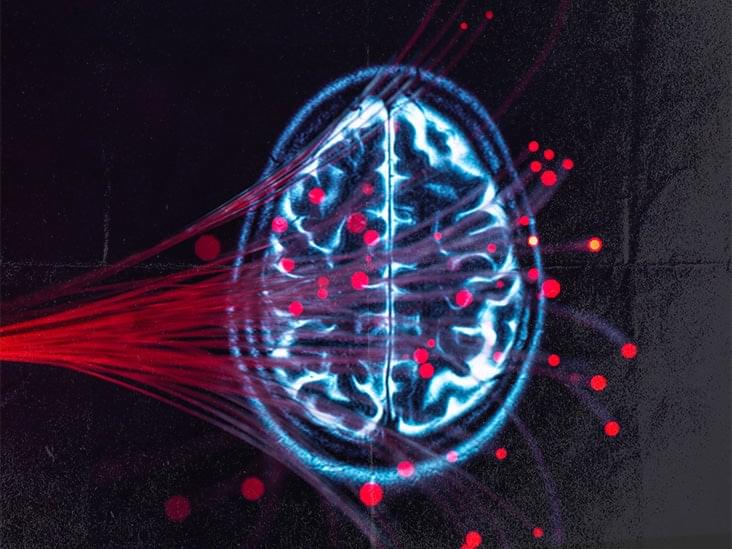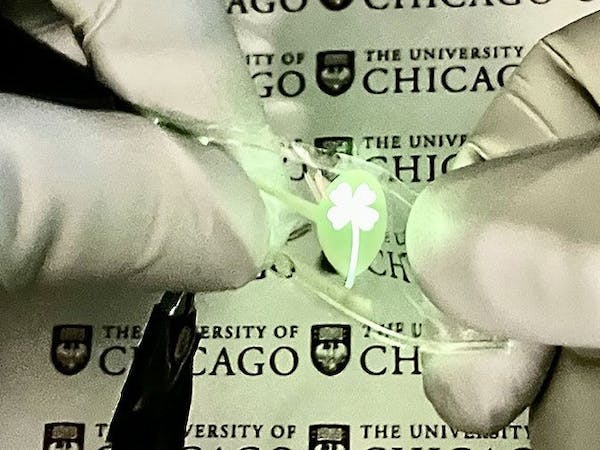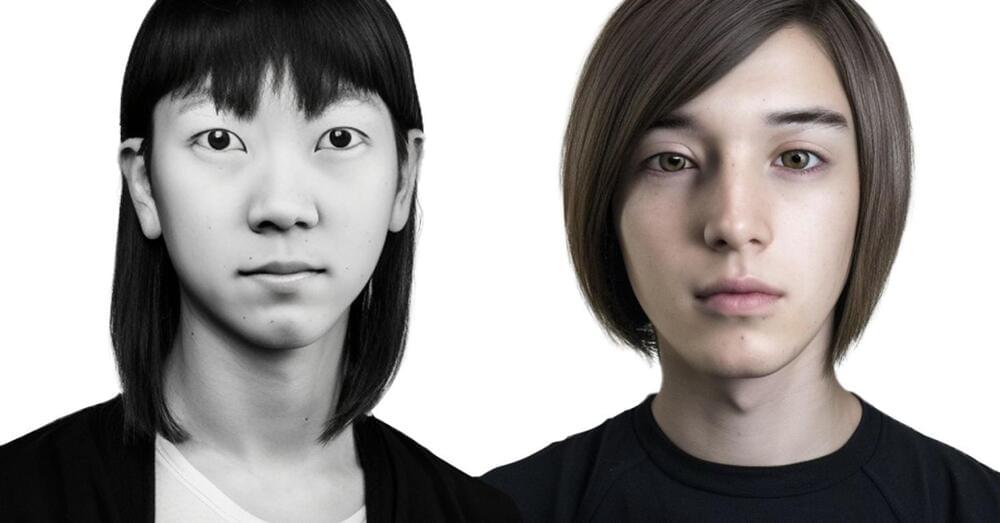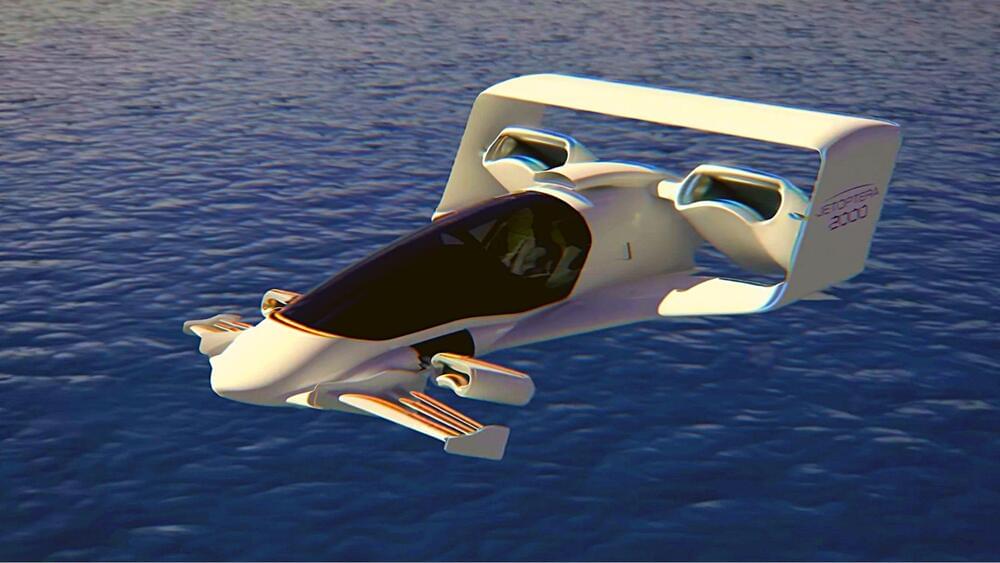Researchers say immune cells in people with schizophrenia may hamper the growth of blood cells in their brain.



A vertical farm built inside a greenhouse in Texas can produce hundreds of thousands of heads of lettuce with significantly less energy than usual.


Designed to automate GPT tasks, Auto-GPTs aim to make AI autonomous. But how close are we to that?
After the release of GPT-4, the world was barely catching its breath, when a new craze seems to be catching up already. This time it is called AutoGPT, a tool that lets you build artificial intelligence (AI) agents that can complete tasks for you using GPT-4.
Even as some of the top names in the AI industry call for a pause on the release of future iterations of products, the journey to building them has already begun. It is unlikely that the next step in the AI race will be as revolutionary as ChatGPT.
Marvinh/iStock.
ChatGPT was already insane.

What did Kyle Monson learn from his ‘AI agency intern’ experiment? Find out with the latest episode of the Lexicon podcast.
Back in January, Kyle Monson, partner at digital marketing agency Codeword, began a 90-day trial of the use of ‘AI Interns’ as part of his creative team.
In this episode, IE caught up with Kyle to find out what he had learned, and whether he planned to take Aiko and Aiden on full-time.
Listen to the full podcast here.
Courtesy of Codeword.
Part publicity-stunt, part serious experiment, Kyle wanted to see how his teams could incorporate the use of tools like ChatGPT, Bard and Midjourney to assist with creative work, learn, experiment, and have some fun.

According to Chinese state media, a team of researchers from Wuhan University allowed an AI to take control of a satellite for 24 hours to see what it would do.
According to Chinese state media, the South China Morning Post.
Chinese scientists said that they were able to conduct a “landmark experiment” by allowing an artificial intelligence (AI) machine to take full control of a satellite temporarily in near-Earth orbit to test its behaviour in space.
Qimingxing 1, a small Earth observation satellite, was controlled by the AI for 24 hours, and it functioned without any human order, assignment or intervention, a paper published in the journal Geomatics and Information Science of Wuhan University stated.
Notably, the AI spotted a few places on Earth and ordered the satellite to “take a closer look”.
We’ll have to wait just a little longer to see the world’s most powerful rocket soar to the skies.
SpaceX scrubbed its first Starship orbital launch attempt just at the last moment. Instead, the private space firm conducted a wet dress rehearsal.
As it had already filled Starship with fuel, it would go ahead with a wet dress rehearsal that would allow it to glean valuable data ahead of the next launch attempt.
SpaceX / Twitter.
SpaceX announced roughly 10 minutes before the scheduled launch time of 08:20 am CT that it had experienced an issue, meaning it would have to stand down for the day.

Nearly every air taxi concept involves rapidly spinning propellers or ducted fans placed in strategic positions outside of the main fuselage of the aircraft — moving air fast enough to achieve thrust in the direction of propulsion.
However, a new air taxi concept from a company in Seattle breaks from the norm — reinventing flight with bladeless fans at incredible power levels, according to Jetoptera’s official website.

BOCA CHICA, Texas, April 17 (Reuters) — Elon Musk’s SpaceX made final preparations early on Monday to launch its powerful new Starship rocket system to space for the first time, on a brief but highly anticipated uncrewed test flight from the Gulf Coast of Texas.
The two-stage rocketship, standing taller than the Statue of Liberty at 394 feet (120 m) high, was due for blastoff from the SpaceX facility at Boca Chica, Texas, during a two-hour launch window that opens at 8 a.m. EDT (1200 GMT).
The test mission, whether or not its objectives are entirely met, represents a key milestone in SpaceX’s ambition of sending humans back to the moon and ultimately to Mars — also the central goal of a renewed NASA spaceflight program intended to integrate the Starship.
AI is already changing our lives. As the impact of this technology increases, so will its risks. What are these risks, and what can we do about them?